

Fatehpur Sikri is a historical city located in the Agra district of the Indian state of Uttar Pradesh. It was founded by Emperor Akbar, the third Mughal Emperor, in 1569 and served as the capital of the Mughal Empire from 1571 to 1585. The city is situated about 35 kilometers (22 miles) west of Agra.
Fatehpur Sikri is renowned for its exceptional architecture, blending elements of Persian, Islamic, and Indian styles. The city was constructed primarily using red sandstone, giving it a distinct appearance. It served as a testament to Akbar’s vision and his efforts to promote religious harmony, as it housed structures representing various religions, including Islam, Hinduism, Christianity, and Jainism.
The Red Fort, also known as Lal Qila, is a historic fort located in Old Delhi, India. It was constructed by the Mughal Emperor Shah Jahan in the 17th century and served as the main residence of the Mughal emperors until 1857. The fort is an iconic symbol of India’s rich history and architectural grandeur.
The Red Fort gets its name from the red sandstone used in its construction. It spans over 250 acres and is surrounded by high walls, designed to provide protection and security. The fort complex is a blend of Persian, European, and Indian architectural styles.
The Taj Mahal is an iconic mausoleum located in Agra, Uttar Pradesh, India. It was built by the Mughal Emperor Shah Jahan in the 17th century as a memorial for his beloved wife, Mumtaz Mahal. The Taj Mahal is considered one of the most beautiful architectural wonders in the world and is recognized as a UNESCO World Heritage Site.
The Taj Mahal is renowned for its exquisite architecture and symmetrical design. It combines elements of Islamic, Persian, and Indian styles. The main structure is built with white marble, and the complex is surrounded by gardens and reflecting pools. The central dome is a prominent feature and is flanked by four minarets.
The Taj Mahal is not only a symbol of love but also a testament to the Mughal Empire’s architectural and artistic achievements. It is considered a masterpiece of Mughal architecture and has influenced countless structures worldwide.
The Tomb of Itimad-ud-Daulah, also known as the Baby Taj or Jewel Box, is a historic mausoleum located in Agra, Uttar Pradesh, India. It is often regarded as a precursor to the Taj Mahal and is considered a masterpiece of Mughal architecture. The tomb was built between 1622 and 1628 and is the final resting place of Mirza Ghiyas Beg, who was a nobleman and the grandfather of Mumtaz Mahal (the wife of Emperor Shah Jahan).
Mehtab Bagh, also known as the Moonlight Garden, is a historic garden complex located on the opposite bank of the Yamuna River from the Taj Mahal in Agra, Uttar Pradesh, India. It is situated to the north of the Taj Mahal complex and provides a panoramic view of the iconic mausoleum.
The garden complex spans over 25 acres and features walkways, lush green lawns, and symmetrical flowerbeds. The garden is aligned with a central axial pool that reflects the Taj Mahal, creating a stunning mirrored effect.
Visiting Mehtab Bagh provides a unique perspective on the Taj Mahal. It offers a quieter and less crowded setting compared to the main Taj Mahal complex, allowing visitors to appreciate the beauty of the mausoleum in a serene and tranquil atmosphere. The garden’s location and stunning views make it a popular destination for photography, leisurely walks, and enjoying the splendor of the Taj Mahal from a different vantage point.
Sikandra, or Sikandra Tomb, is a historical site located in the city of Agra, Uttar Pradesh, India. It is famous for housing the tomb of Emperor Akbar, the third Mughal Emperor of India. Sikandra is situated about 10 kilometers (6 miles) northwest of the Taj Mahal.
The main attraction at Sikandra is the tomb of Emperor Akbar, which is a magnificent mausoleum constructed in his honor. The tomb is a blend of various architectural styles, including Islamic, Hindu, and Persian influences. It features impressive red sandstone construction and intricate marble inlay work.
The tomb complex is encompassed by a charbagh, a traditional Persian-style garden layout. The garden is divided into four quadrants, symbolizing the Islamic concept of paradise. The pathways are aligned with fountains, water channels, and meticulously maintained greenery.
The Tomb of Akbar, also known as Akbar’s Mausoleum, is a grand mausoleum complex located in Sikandra, Agra, Uttar Pradesh, India. It is the final resting place of Emperor Akbar, the third Mughal Emperor of India, and is a significant architectural masterpiece of the Mughal era.
The tomb complex reflects a unique architectural style that combines elements of Islamic, Hindu, and Persian influences. It features a massive red sandstone structure with intricate marble inlay work. The mausoleum stands on a raised platform and is four-tiered, with each tier gradually receding in size. The topmost level is adorned with a marble pavilion, crowned by a dome.
The tomb holds historical significance as it represents the final resting place of Emperor Akbar, who was known for his progressive policies, religious tolerance, and cultural contributions. The tomb complex stands as a testimony to the grandeur and architectural achievements of the Mughal dynasty.
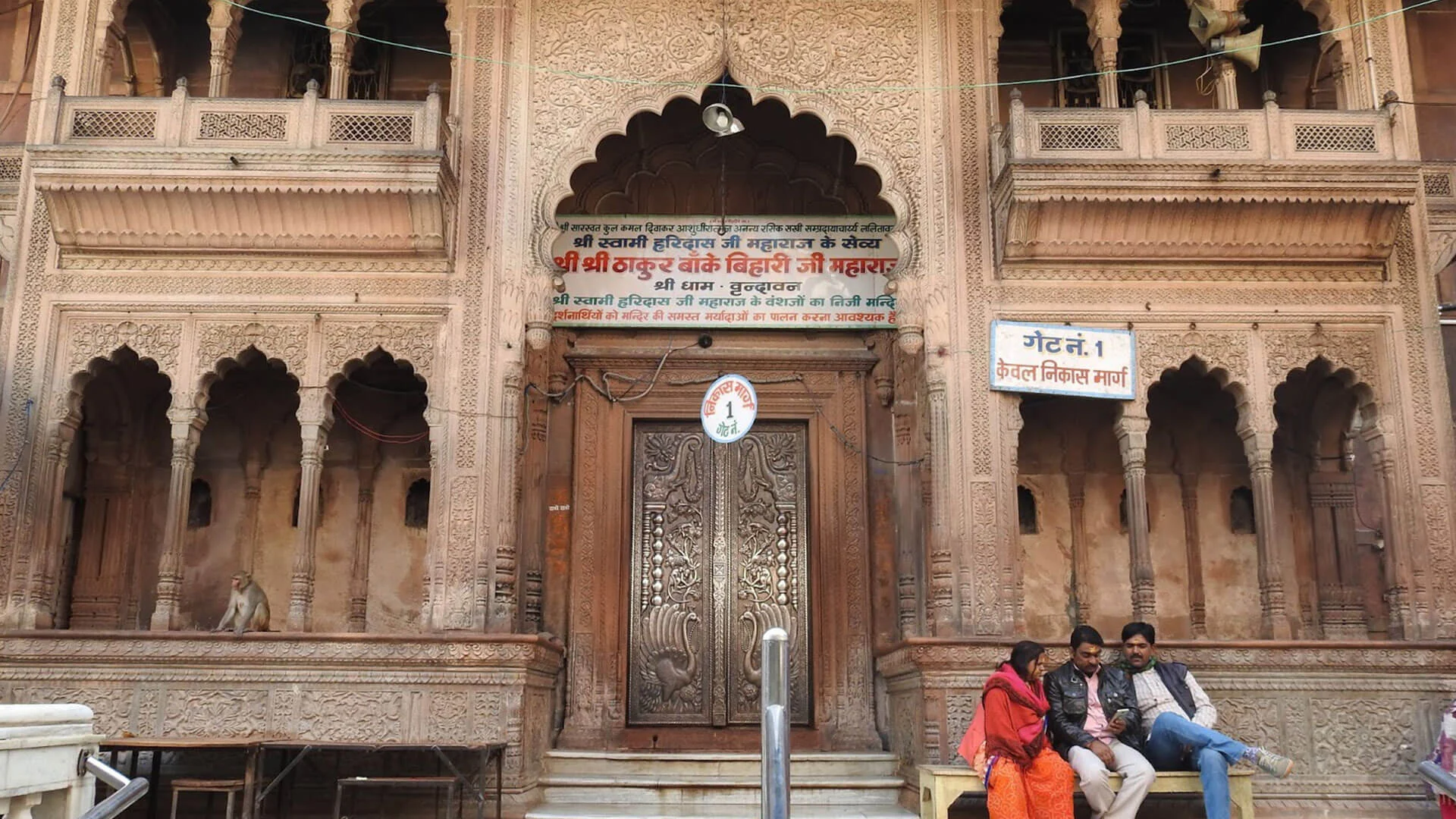
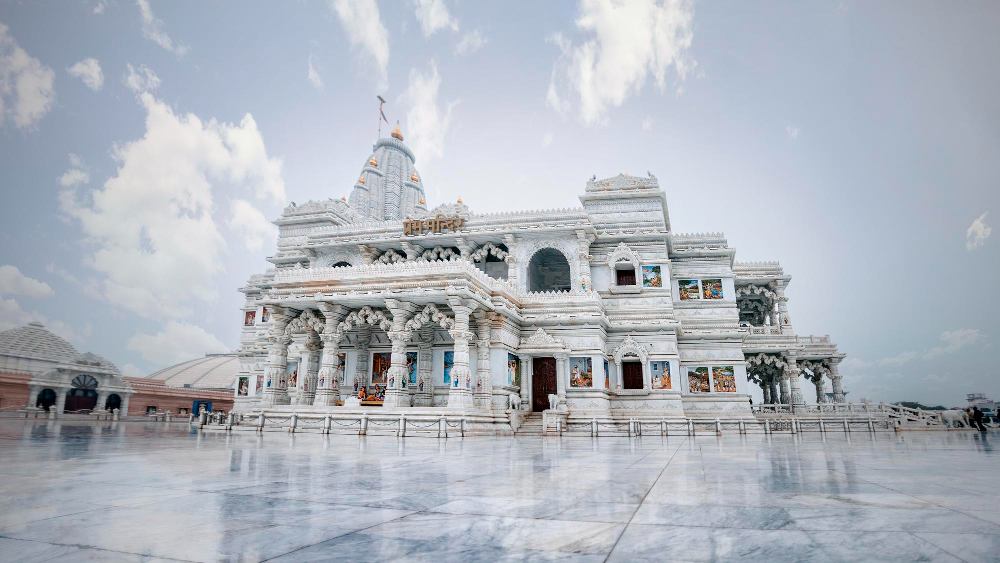
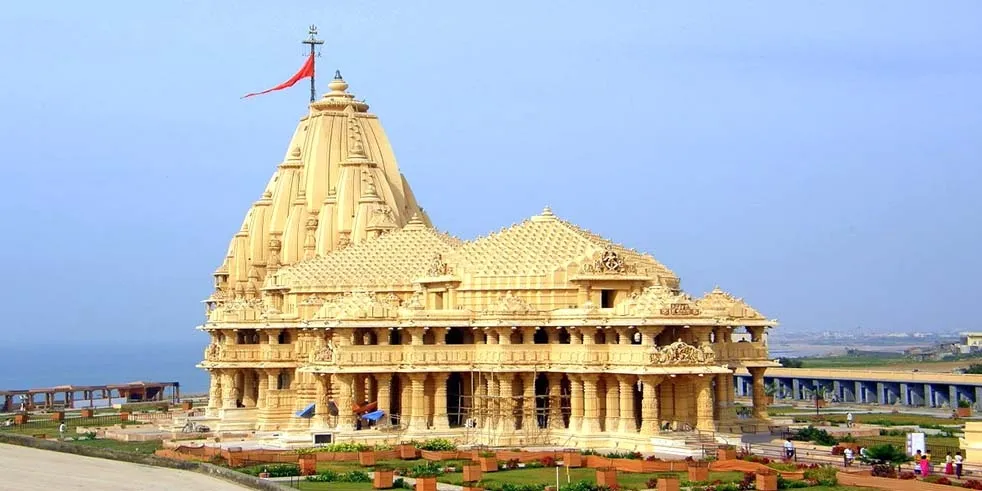
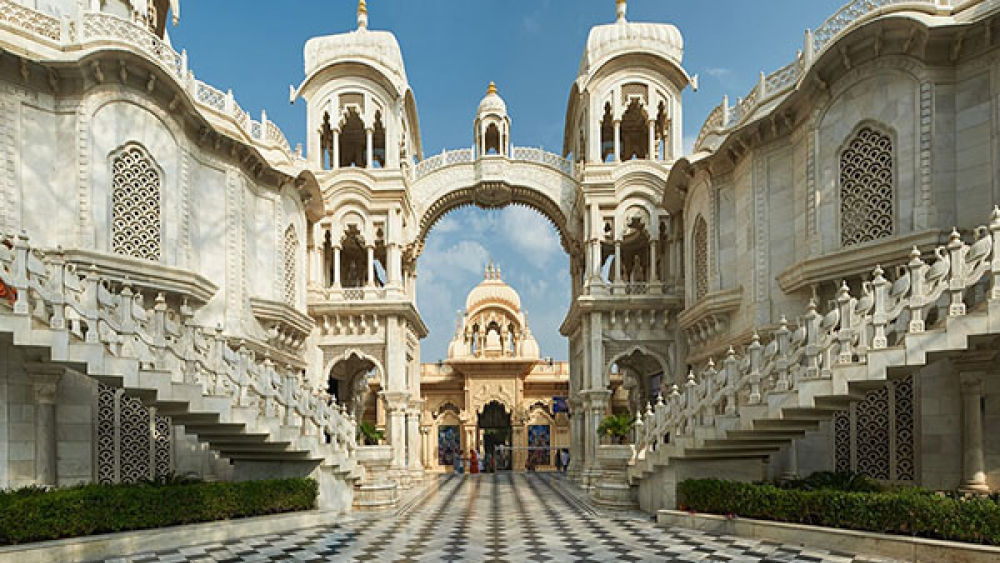
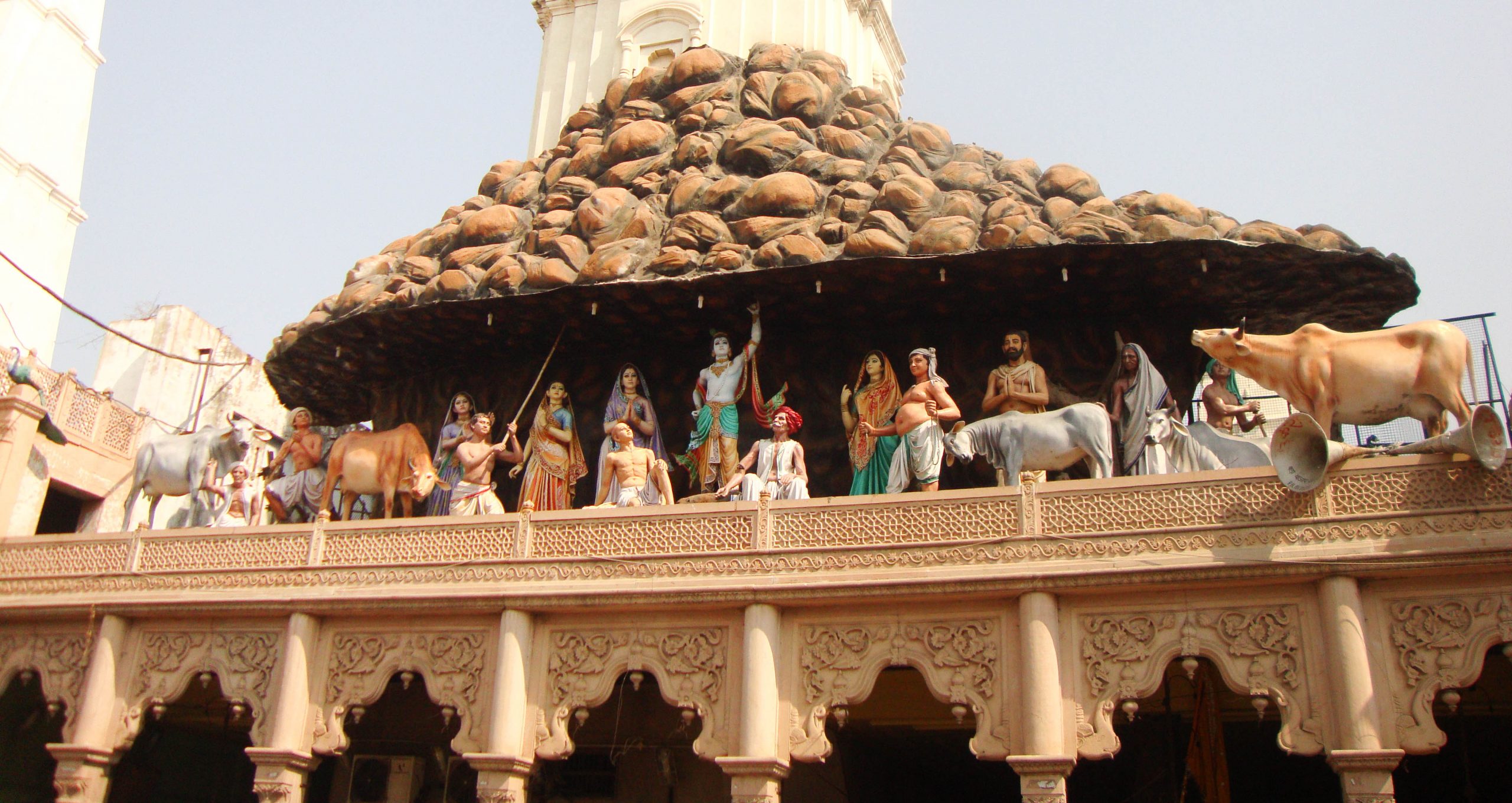
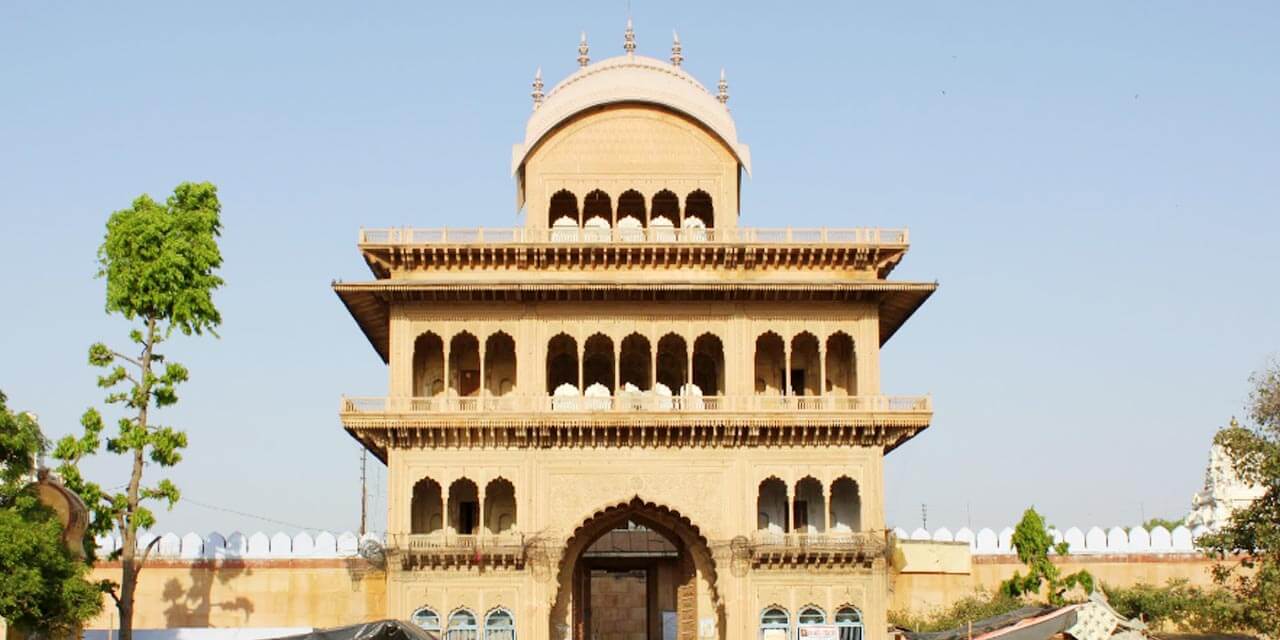
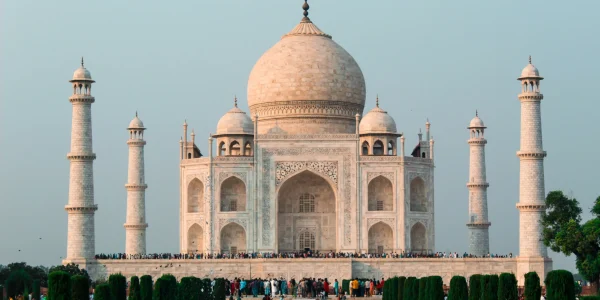
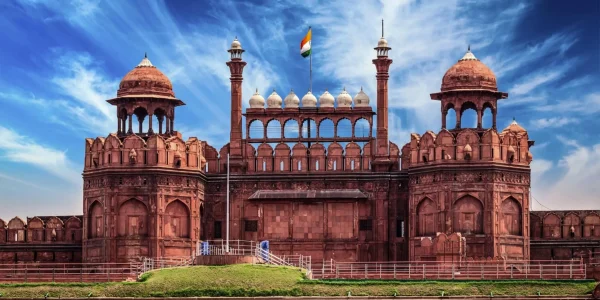

I absolutely loved the exceptional service provided by Team TourTripX during our Vrindavan tour. A heartfelt thank you to the entire team for making our journey memorable. Highly recommended! 🙏🏻✨
Ashish YadavAmazing service by Utkarsh and his team. Hassel free Journey. Very cooperative team. Superb and comfortable stay. Delicious food. Highly recommended TourTripX😊😊
Kirti JoshiWe recently had a Mathura, Vrindavan, Agra, Delhi, Kurushetra trip with TourTripX. On a very short notice the arrangements were done. Driver's are cooperative. Stays are really nice. Well planned. Highly Recommended.
Vijaya Kumari[contact-form-7 id="d44ec2e" title="Whatsapp Chat"]
Loved the way everything was handled from booking the ashram i wanted to the driver allocated, he was really nice . Thankyou so much for the awesome experience we had in Vrindavan and Mathura. Highly recommended !
Simran Karmakar